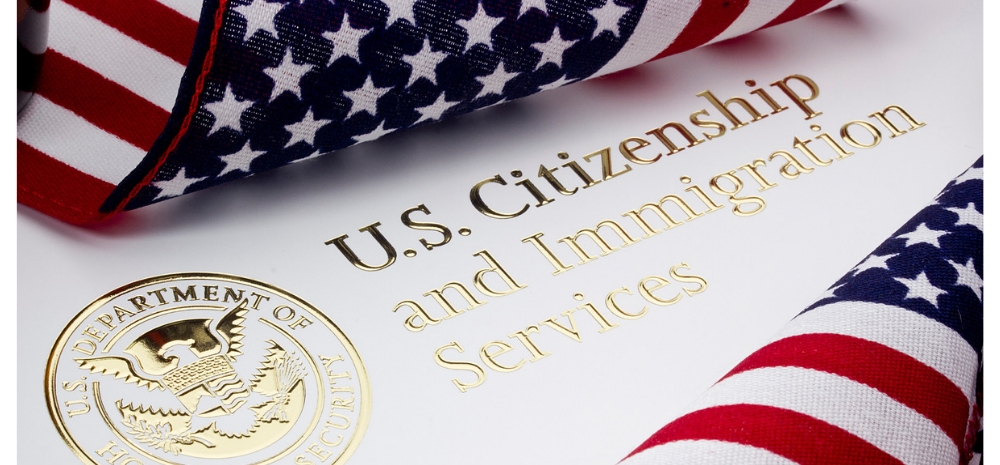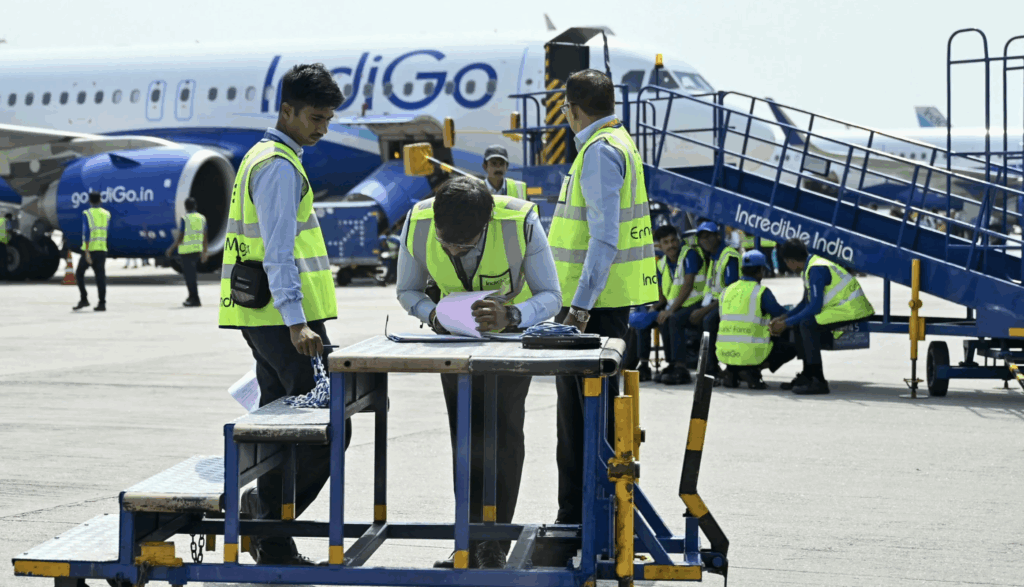In order to improve the H-1B registration process and lessen the possibility of fraud, the U.S. Citizenship and Immigration Services (USCIS) seems to have taken several steps recently.

Out of these, some measures were implemented earlier while several other key rules related to immigration and H-1B went live from April 1, 2024.
It is a significant change as this new visa fee schedule has the potential to influence the cost of numerous non-immigrant visa categories.
These categories include the most popular among Indians such as H-1B, L-1, and EB-5 visas.
What Is The Cost Of H-1B Registration Under New Rules?
You will witness a significant climb for the cost of H-1B registration and petition filing fees for Form I-129 beginning April.
Here mentioned Form I-129 is used by the Petitioners to file on behalf of a nonimmigrant worker who come to the United States temporarily to perform services, or to receive training, as an H-1B, H-2A, H-2B, H-3, L-1, O-1, O-2, P-1, P-1S, P-2, P-2S, P-3, P-3S, Q-1 or R-1 nonimmigrant worker.
The H-1B registration process fee will be raised to $215, a 2,050% increase for the earlier $10.
Similarly, the petition filing fee for Form I-129 is now $780.
It is noteworthy here that the Form I-129 H-1B petition filing fee is in addition to the H-1B registration charges.
Besides this, notably there won’t be any grace period for submitting the new version of Form I-129.
So, the Petition for a Nonimmigrant Worker, must be updated with the new fee computation.
The updated fees will go into effect from April 1, 2024.
Implementation Of Beneficiary-Centric Registrations
As per the new rules, the USCIS will require registrants to furnish valid passport or travel document information for each beneficiary starting from the fiscal year 2025 for the initial registration period.
If they are granted an H-1B visa then the passport or travel document presented must be the one the beneficiary plans to use to enter the United States.
In addition to this, each beneficiary must be enrolled under a single passport or travel document as the beneficiary-centric method selects registrations based on unique beneficiaries.













